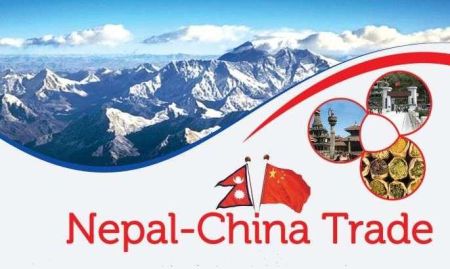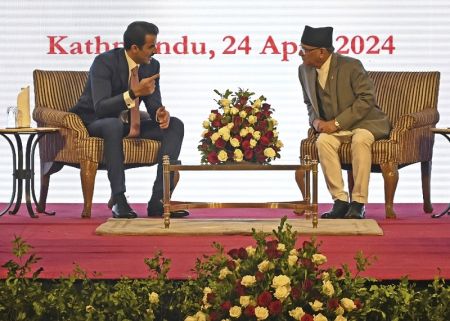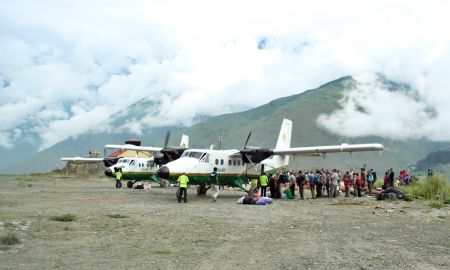--By Suraksha Adhikari
Although the use of modern medicine has been increasing over the years in Nepal, more than 75 percent of the country’s population is estimated to be using traditional medicine. Ayurveda, Amchi, Homeopathy and Naturopathy are important traditional health systems that are in practice within the country. Among them, Ayurveda is the oldest and most popular traditional health care system. Dr Baburaja Amatya, Senior Ayurveda Doctor at the Department of Drug Administration said, “Government has opened Ayurvedic Health Centre in every district of the country. This is indicative of the initiative taken by the government in the development of Ayurveda treatment system.”
Increasing Scope
Be it rural or the urbanities, people have been increasingly opting for Ayurvedic treatment, which can be clearly noticed in the comparative increase of sales and distribution of the Ayurvedic medicines this year. Dr Amatya said, “People are gradually shifting their treatment system from allopathic to ayurvedic one and this is visible in the increase of sales of ayurvedic medicines. The sales of these medicines have doubled this year than that of previous years.”
Increasing numbers of ayurvedic companies is another factor that reflects increasing use of ayurvedic treatment among Nepalis. There are 76 Nepali ayurvedic companies and recently some Indian ayurvedic companies are also being established in Nepal. “Almost 30 Indian companies have opened their industry in Nepal promoting the national ayurvedic industry.”
Abundant Raw Materials
Nepal has a special place in the history of ayurveda. It has rich biodiversity associated with its topographical diversity makes Nepal home to some 1,700 medical plants used in ayurvedic treatment.
Initiatives taken
Both, the government and the private sector, has been investing and promoting ayurvedic treatment system. Gajendra Bahadur Bhuju, director general at the Department of Drug Administration (DDA) said, “Nepali government has opened an ayurvedic health center in each district. Along with that it has established factories mainly in Butwal, Rupandehi, Birgunj and Kathmandu and some other districts.” “There are more than 100 companies in Nepal owned by government, private sector and foreign investors,” he added.
Verification Measures
DDA is the regulatory body certifying the production, distribution and quality control of the ayurvedic medicines in Nepal. “The medicines can only be distributed to the market after it is certified as bacteria free,” Dr Amatya said. He added, “Similarly, the medicines are also checked for use of heavy materials like arsenic, lead etc during the manufacture process.” An ayurvedic medicine manufacturing company should mandatorily acquire bacteria free certificate for acquiring permission to market its products. Amatya said the certification process has helped in increasing the quality of the ayurvedic medicines leading to the rise in credibility of Nepali ayurvedic medicines.
Export potential
Demand for traditional medicine has been growing strongly over the last 15 years, especially in developed countries. As the land of Ayurveda, Nepal is a natural attraction for foreign consumers for alternative medicine. Adding to it, the resurgence of faith in traditional medicine among urban Nepalis after decades of domination of traditional health systems by modern medicine, seems promising.
Problems and challenges
According to experts, main challenges in this sector include lack of resources and budget in government-owned health institutions, lack of medicines and equipment, lack of programmes that correspond to the need of communities; malpractices at the local level, lack of pathology and radiology services at district ayurveda health centres and lack of awareness among people of available Ayurveda services.
Amatya said, “People still lack proper information about the usage, utilization of different ayurvedic medicines as a result of which its popularity is not increasing as expected.”
Steps to be taken
Ayurveda treatment system has a long way to go in Nepal though it has abundant raw materials for preparing such medicines. Instead of exporting unprocessed herbs to foreign nations at cheaper prices, herbs should be processed within the country and exported at better prices. Maintaining international standards in the quality of human resources used and medicine produced are crucial for the industry to thrive at the international level. Similarly the government should launch effective publicity campaigns, aimed at nationals as well as foreigners, to highlight the effectiveness and benefits of using ayurvedic medicines.






















